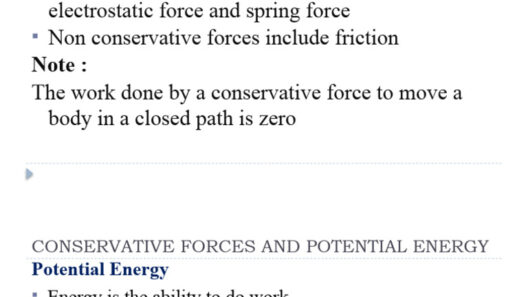Understanding the behavior of energy in electrical circuits, particularly in multiloop circuits, is crucial for comprehending fundamental principles of physics, especially the conservation of energy. At the heart of this concept is the principle that energy cannot be created or destroyed; it can only change forms. In the case of electrical circuits, this means that all the energy supplied to a circuit must be accounted for, whether it’s transformed into heat, light, or mechanical energy.
To unravel how multiloop circuits exemplify the conservation of energy, one must first consider the nature of electrical circuits themselves. A circuit is a closed path through which electric current flows, and when multiple loops are present, the complexity increases. Each loop in a multiloop circuit can contribute to the overall distribution of energy, redistributing electric power efficiently to different components.
One of the most powerful illustrations of energy conservation in multiloop circuits is the analysis of Kirchhoff’s Laws. Kirchhoff’s Voltage Law states that the sum of the electrical potential differences (voltages) around any closed circuit loop must equal zero. This implies that the energy supplied by the source is equal to the energy consumed by the load. Considering a simple series and parallel configuration enhances the understanding of how energy travels through each loop. In hierarchical circuits, where one loop feeds into another, the energy transfers democratically to different branches according to resistance and impedance.
Delving deeper, let’s analyze a typical multiloop circuit constituted of resistors and power sources. Imagine a circuit with two loops linked at a junction. When energy from the power source flows into the circuit, resistors in each loop convert electrical energy into thermal energy through the collision of electrons with the atomic lattice of the resistive material. This energy transformation accentuates the principle of conservation—energy rearranges itself rather than vanishing. The total energy supplied by the power source resonates in all connected components of the circuit, establishing an intricate dance of energy transformation.
Moreover, each resistor’s resistance plays a pivotal role in determining how much energy is dissipated as heat within each segment of the loop. These resistors absorb energy and yield it in different forms, yet the cumulative total of energy entering the circuit still equals the total energy leaving. If one were to measure the voltage drops across each component within the multiloop configuration, employing instruments such as a voltmeter, one could demonstrate Kirchhoff’s Voltage Law in action. Such measurements would confirm that no energy is lost, merely converted, thus evidencing the conservation of energy principle.
The fascination with multiloop circuits lies not only in their ability to exemplify energy conservation but also in the emergent properties they exhibit when multiple loops interact. For instance, when adjusting one resistor value in one loop, its effect reflects across all connected loops. This interconnectedness embodies a critical concept in ecology and energy systems—systems are inherently linked, and modifications within one element can reverberate throughout the entirety of the system.
Another dimension to explore is the role of inductance and capacitance in multiloop circuits. Inductors and capacitors store energy temporarily, contributing to dynamic behavior in transient states. While inductors store energy in magnetic fields induced by current flow, capacitors store energy electrostatically. These components introduce time-dependent characteristics to energy flow, echoing the dynamic nature of energy transformation and reinforcing the conviction that energy is conserved throughout these processes.
Furthermore, analyses of power efficiency in multiloop systems can highlight the energy conservation principle in practical applications. In real-world scenarios, optimizing the design of electrical circuits reduces energy losses and promotes sustainability. By leveraging multiloop configurations, along with principles of conservation of energy, engineers and scientists can enhance the efficiency of electrical systems across diverse applications, from consumer electronics to renewable energy installations.
Critically, appealing to the broader context, the conservation of energy through multiloop circuits aligns with pressing global issues such as climate change. As the need for sustainable energy practices grows more urgent, the principles embodied in multiloop circuits can guide innovations aimed at minimizing energy waste. Energy-efficient technologies developed from these principles offer pathways to reduce carbon footprints in the face of climatological challenges.
In conclusion, multiloop circuits serve as a captivating illustration of energy conservation principles in action. They offer profound insights into how energy interacts within complex systems, showcasing the vital interplay of physics, engineering, and ecological responsibility. By examining the efficacy of energy transformations, the interconnected effects of circuit components, and the implications for real-world applications, one gains a deeper appreciation for the conservation of energy—a fundamental pillar on which our understanding of both nature and technology rests. Embracing these concepts is essential for fostering advancements that align with sustainable practices, ultimately contributing to the necessary efforts to combat climate change.




